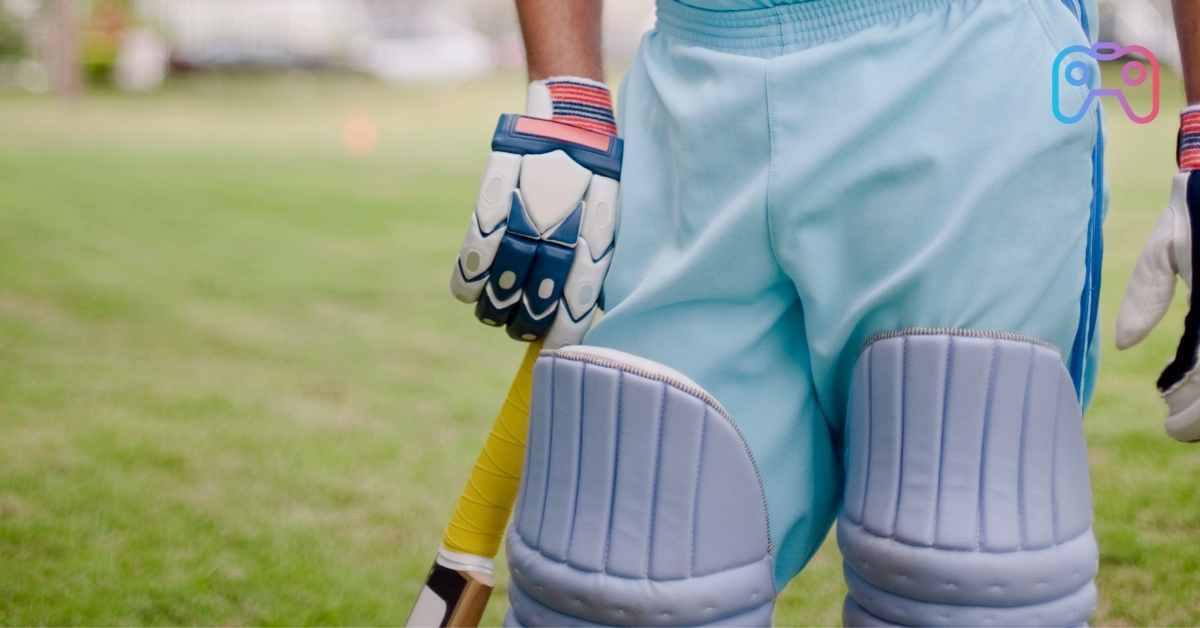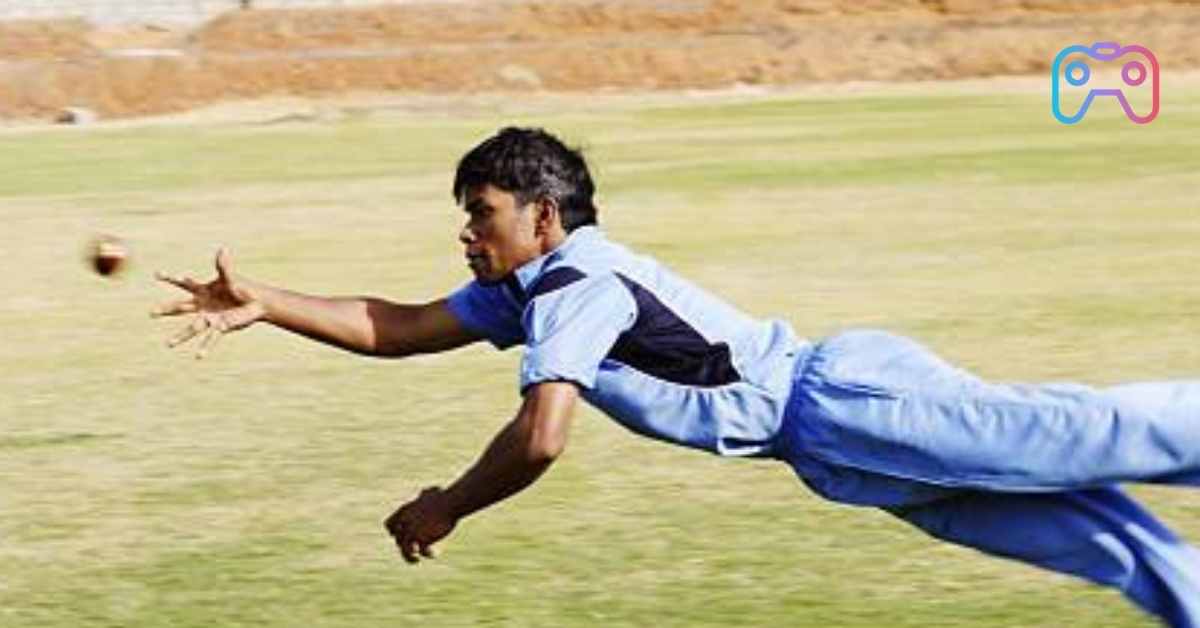Cricket is a bat-and-ball game that has been played for centuries and originally originated in England. Cricket is played between two teams of eleven players, who take turns to bat and bowl.
The game’s objective is usually limited to scoring more runs than the opposition. Apart from batting and bowling, fielding is also an important component that helps the team win the match. Thus, for a team to win, it is important to place fielders in the right positions to stop runs and boundaries.
Fielding Positions
Fielding is an important part of Cricket; it involves taking action where the ball is hit or batted so that no runs score off it. Fielders may be positioned near the boundary or on the infield. Cricket fielding positions are divided into various positions like slip, gully, cover, mid-off, etc.
The fielding positions are mainly divided into outfielders, infielders, and close catching. The outfielders are those fielders who stand near the boundary lines and outside of thirty-yard circle such as long off and long on, third man, deep mid-wicket, etc. the infielders are those players who stand inside the thirty-yard circle.
Their main aim is to stop the singles and doubles of the opposing team. Fielding positions in the infield include mid-wicket, cover, point, gully, mid-on and mid-off, square leg, etc. And the last type of fielding position is close catching, such as wicketkeeper, slips, and close catcher near the batsman.
Cricket’s most important fielding positions are usually the close positions, such as those on the boundary near the pitch, which are called infielders. Other positions involve catching, running, and throwing a ball after hitting or missing on the pitch.
These include positions like cover-point, deep-short-leg, point, and cover. They look for balls that have been hit to the edge of the field. Many of these positions involve catching balls hit high in the air.
Another important aspect of fielding is deciding which fielders play where. Learning about fielding positions should provide you with a good overview of how Cricket is played and should be helpful as you learn how to play Cricket.
Long Off And Long-On
The primary job of long-off and long-on is to keep wicket by standing at the end of the pitch and catching balls hit down the bowler runs behind the long stop. Long off and long ons are generally considered a difficult fielding position, especially in cricket matches with many close run-outs or catches.
A player must be alert at all times while standing in this position to make a successful catch. Fielders in the long-stop position have a very good view of the ball and can react to the ball very quickly. Long off and long on is one of the two fielding positions, along with the point that is not rotated during play.
Wicketkeeper
The purpose of the wicketkeeper is to catch any balls that touch the ground on the cricket pitch behind the striker’s crease. The wicketkeeper has some special privileges, like wearing gloves to protect their hands from wear and tear.
In addition, they wear pads on their legs for protection when they play in short-pitched deliveries with a bowler. Wicket keeping is a physically demanding and exhausting position, especially on the fast-paced wickets of international Cricket.
Slips
The slips are stationed behind the wicketkeeper, holding the ball when it bounces down or off the batsman’s body. They also catch many balls hit by bowlers while they are running in to bowl at a batsman.
The slips can be positioned closer than the wicketkeeper because they are not needed to catch balls hit by bowlers who run into a bowl at the batsman. Therefore, they stand further back from their positions.
Close Catching
The close catchers have to be at least one yard outside the pitch when catching a ball hit or bounced over. The position can be quite exhausting for this type of catcher as well.
When fielding close to the wicket, they need to catch the ball cleanly and quickly. Thus, the fielders with the best reflexes are positioned in close catching. Their main aim is to make fielding aggressive by taking catches that the batsmen do not expect.
Outfielders
Arguably the most physically demanding position in Cricket is the all-rounder fielder, who must cover behind the mid-wicket region while batting and two behind square leg while bowling.
The fielding positions are the only offensive areas of the field. In addition, they are the only places where a batsman can be run out outside leg stump, caught in the outfield. Therefore, a good all-rounder fielder must have a good throwing arm and quick feet to keep the batsman from scoring and prevent their team from making runs.

